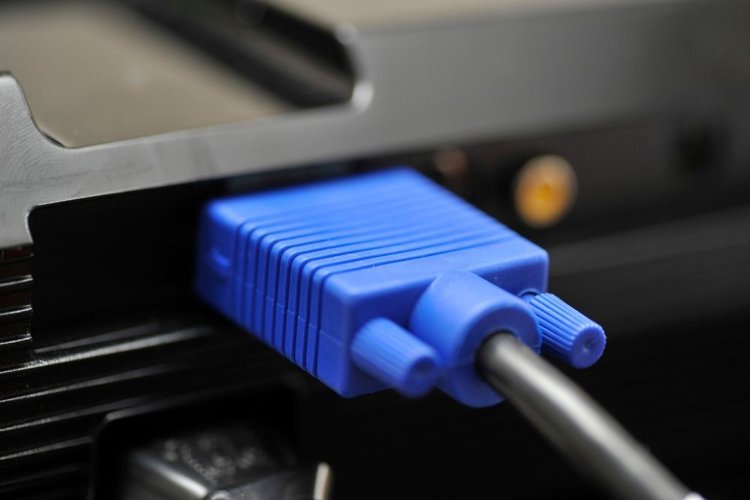

Device manufacturers can enable alternate modes like DisplayPort, Thunderbolt 3, or HDMI that can transmit both video and audio signals using the same cable. The USB-C connector, also known as USB Type-C, is used to transmit digital audio and video signals simultaneously on a single cable.

USB-C (with DisplayPort or Thunderbolt 3) Table 1 - Types of video connectors and cables See the using adapters or converters section of this article. When the video connector on the back of the computer does not match with the video connector on the monitor or projector, you may need an adapter or converter. To learn more about what video connectors are available, see the User Guide of your Dell projector.
Dell projector: The video connectors are available on the back of the projector. To learn more about what video connectors are available, see the User Guide of your Dell monitor. Dell monitor: The video connectors are available on the back of the monitor. To learn more about what video connectors are available, see the User Guide of your Dell laptop. Dell laptop: The video connectors are available on the back, left, or right side of the laptop. To identify if the Dell all-in-one computer supports a secondary display, see the User Guide of your Dell all-in-one computer. NOTE: Video-out connector to connect a secondary display is not available on all Dell all-in-one computers.  Dell all-in-one: The video connectors are on the back of the computer. If your Dell desktop has a dedicated graphics card (GPU), you must use the video connector that is available on the graphics card (GPU). Dell desktop: The video connectors are on the back of the computer. Analog video connectors such as S-video, Composite, VGA, SVGA, and DVI (analog) do not support playback of protected high-definition digital content, such as Blu-ray movies, over an analog connection, you will probably get an error message or the movie will play at lower quality resolutions. Each video connector is capable of either digital or analog video signal transmission. There are two types of video transmission methods: Digital and Analog (see the table below). Using the correct type of video cable helps avoid video or display issues. It is important to identify the type of video connector that is available on the computer and the monitor or projector.
Dell all-in-one: The video connectors are on the back of the computer. If your Dell desktop has a dedicated graphics card (GPU), you must use the video connector that is available on the graphics card (GPU). Dell desktop: The video connectors are on the back of the computer. Analog video connectors such as S-video, Composite, VGA, SVGA, and DVI (analog) do not support playback of protected high-definition digital content, such as Blu-ray movies, over an analog connection, you will probably get an error message or the movie will play at lower quality resolutions. Each video connector is capable of either digital or analog video signal transmission. There are two types of video transmission methods: Digital and Analog (see the table below). Using the correct type of video cable helps avoid video or display issues. It is important to identify the type of video connector that is available on the computer and the monitor or projector.







 0 kommentar(er)
0 kommentar(er)
